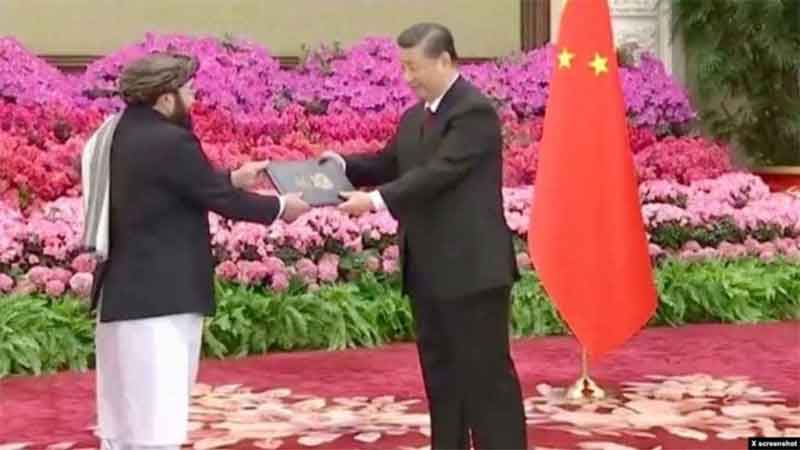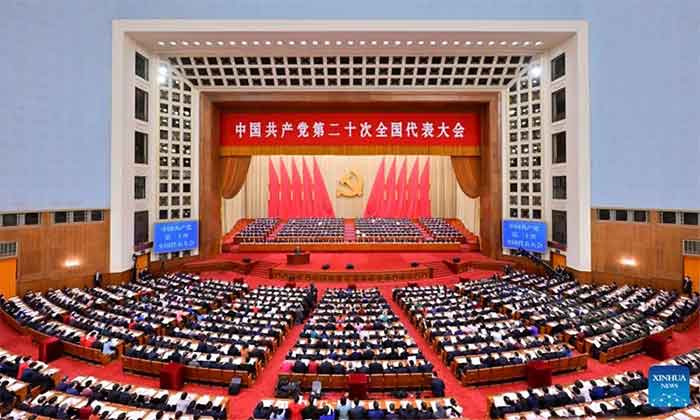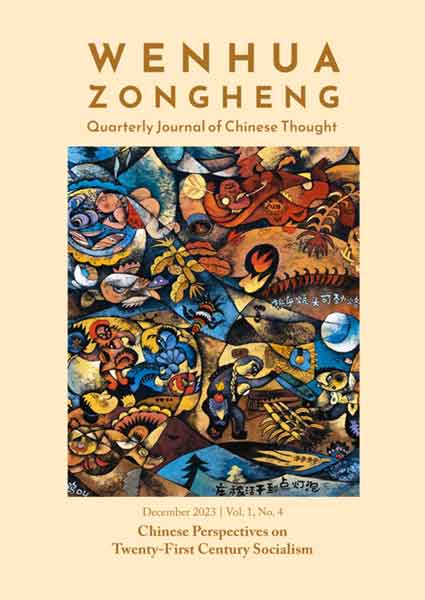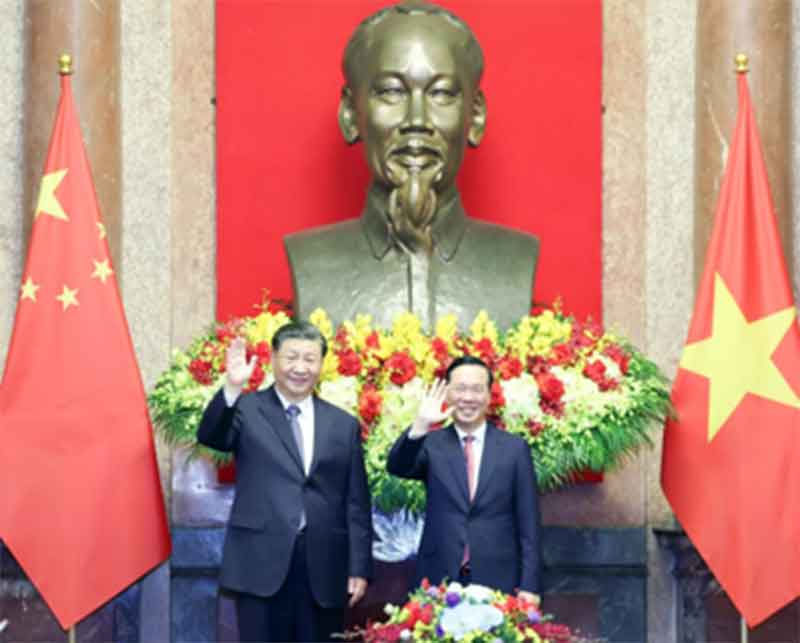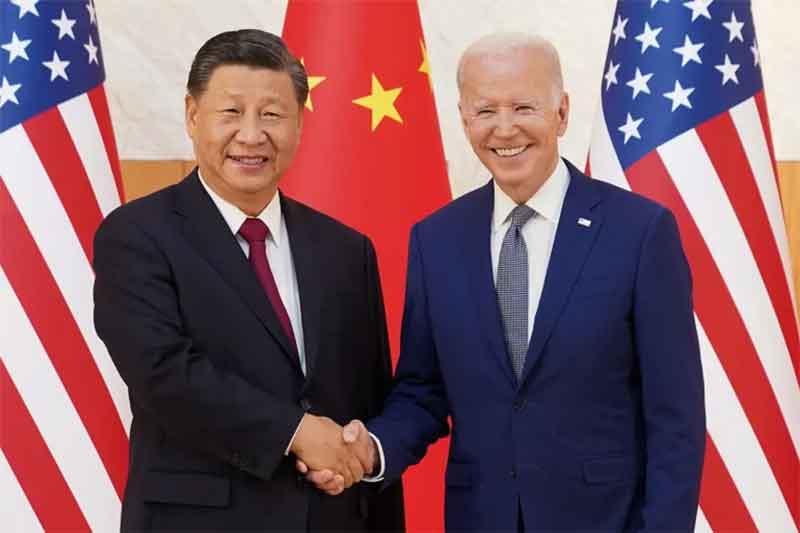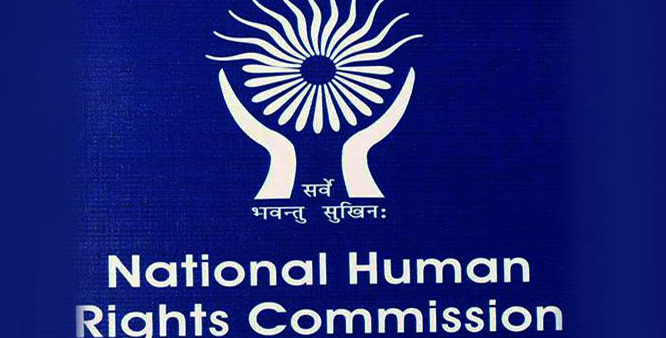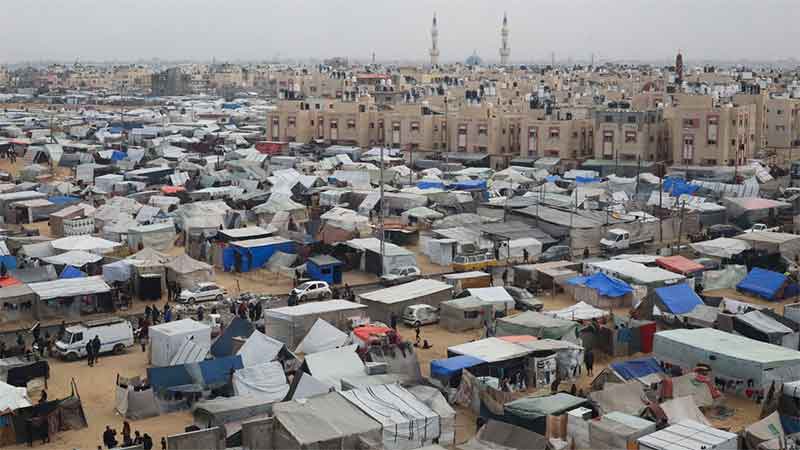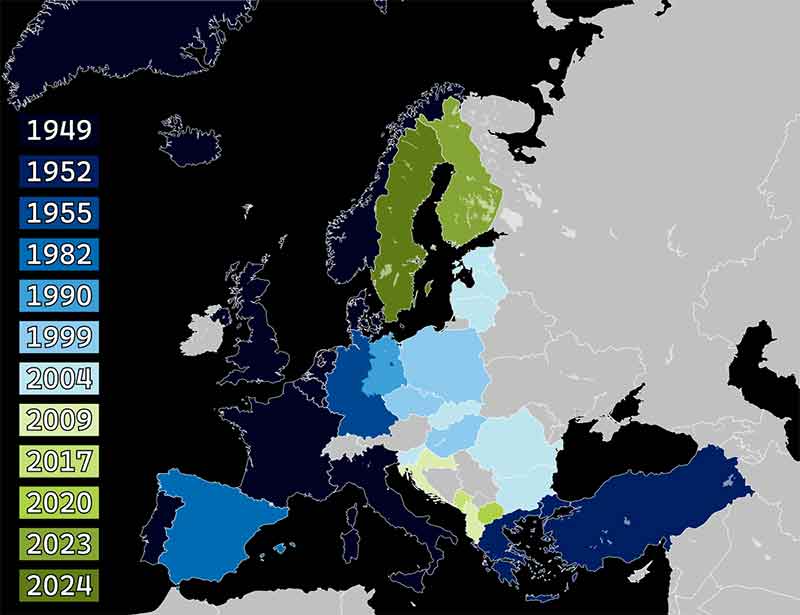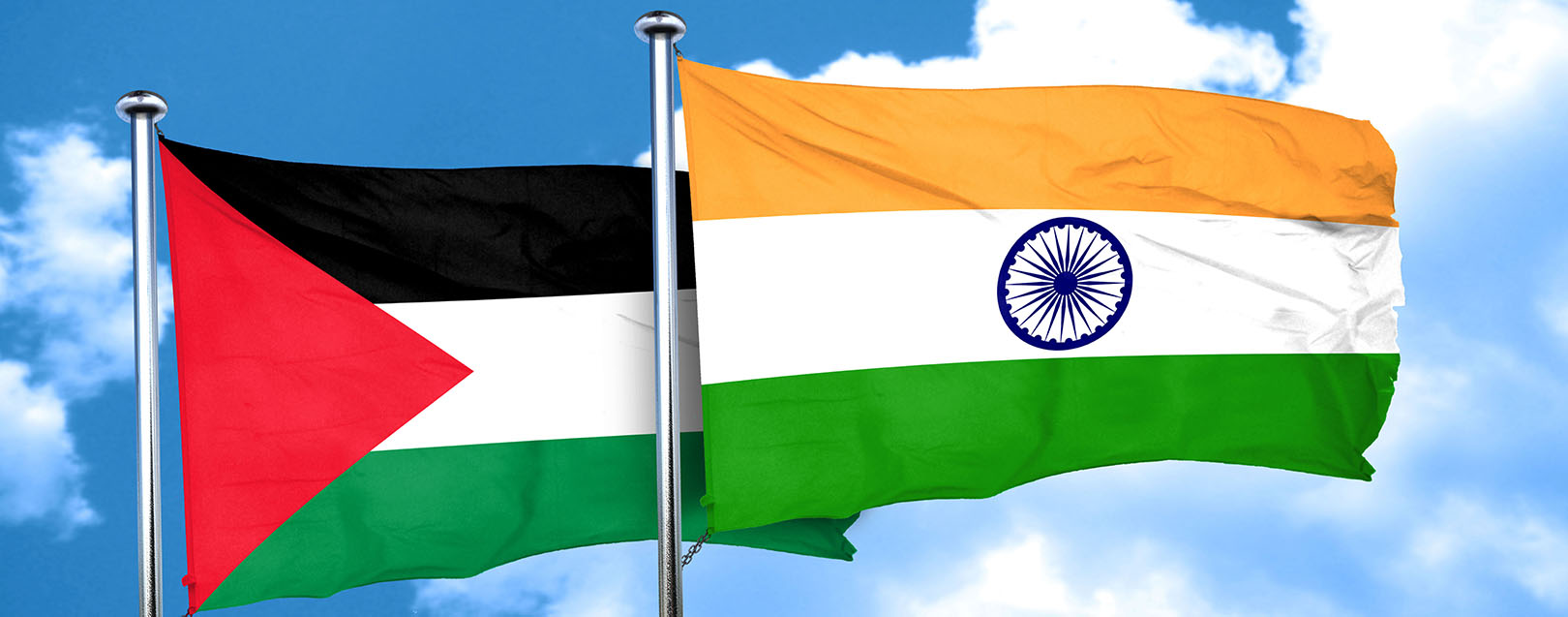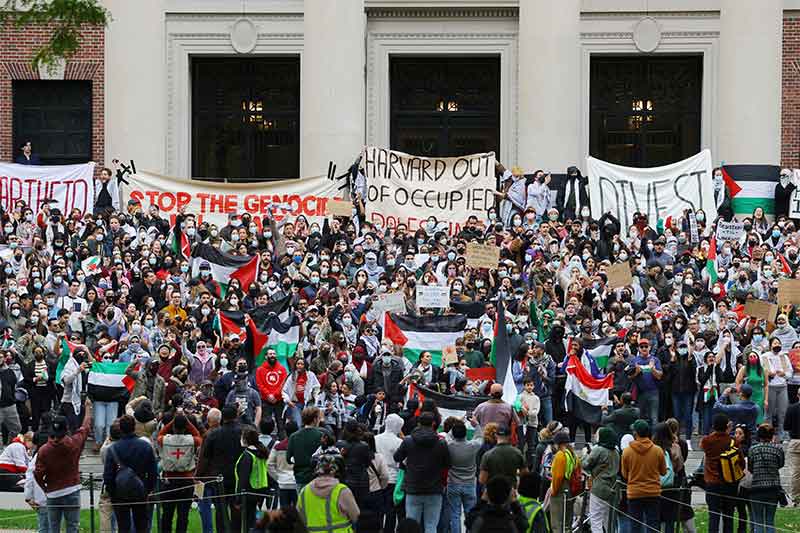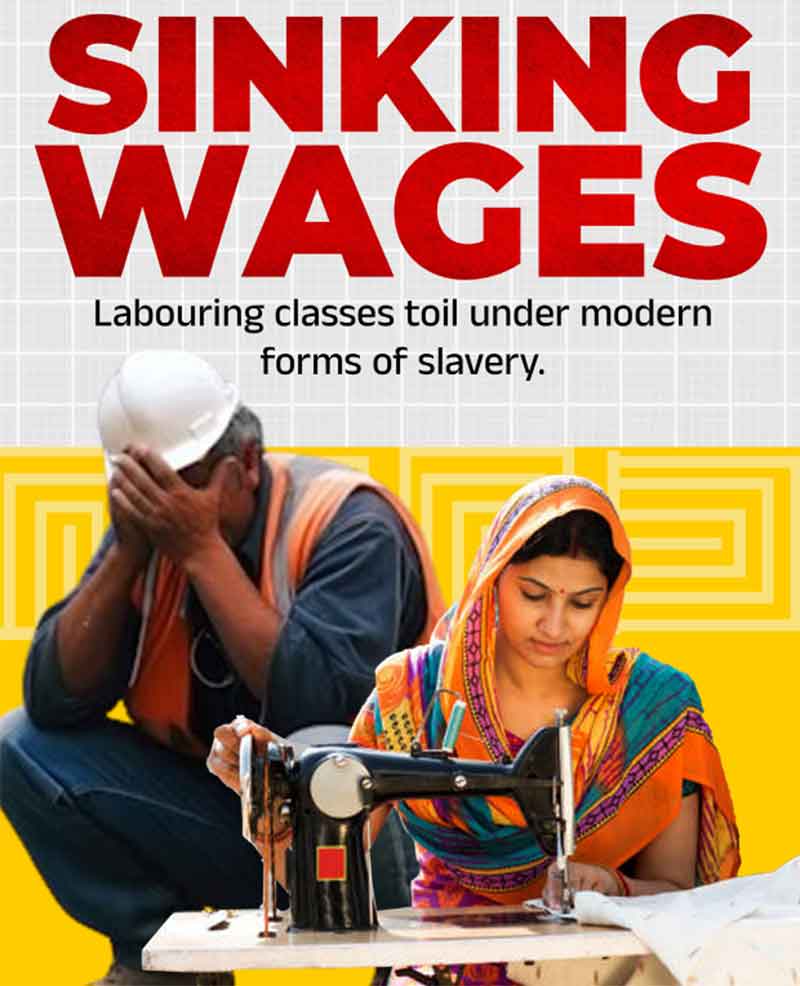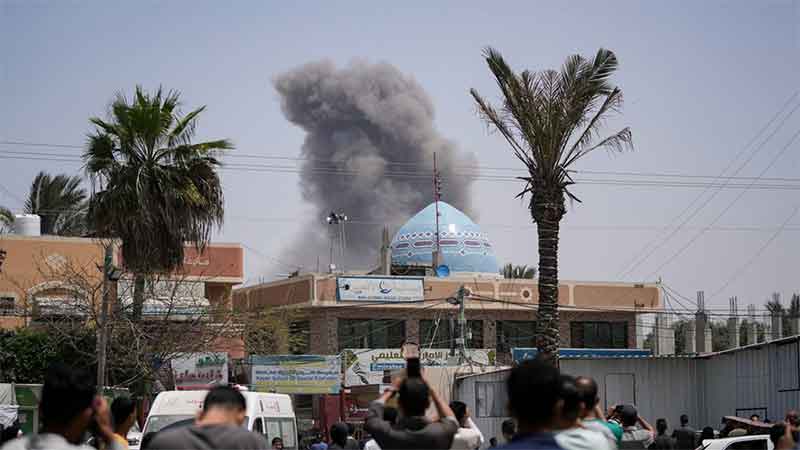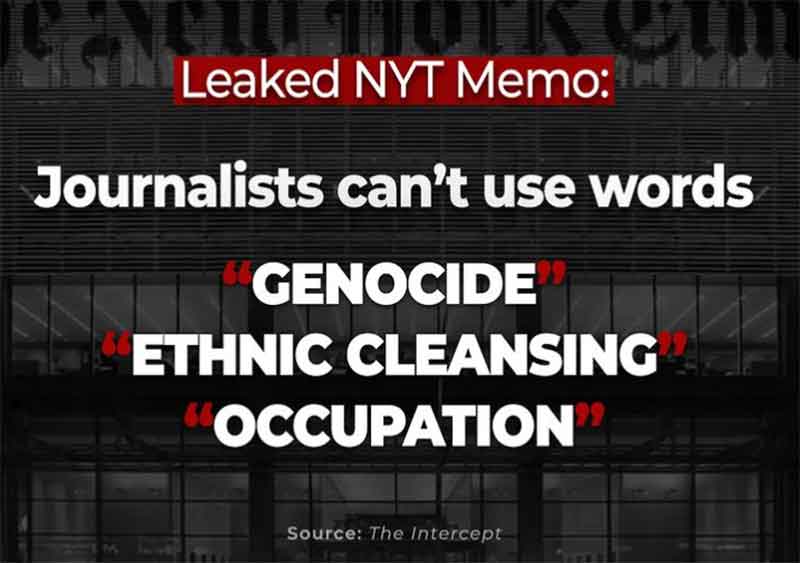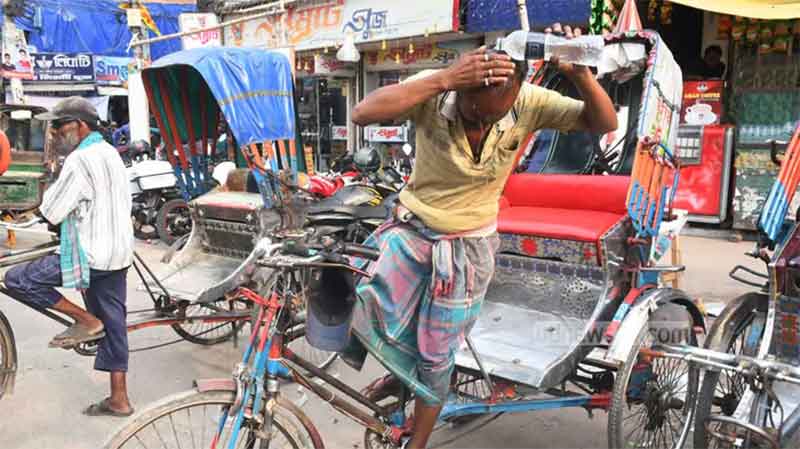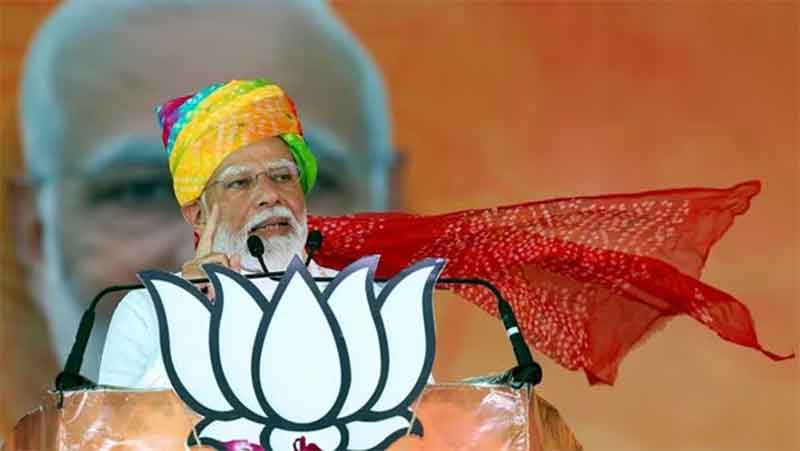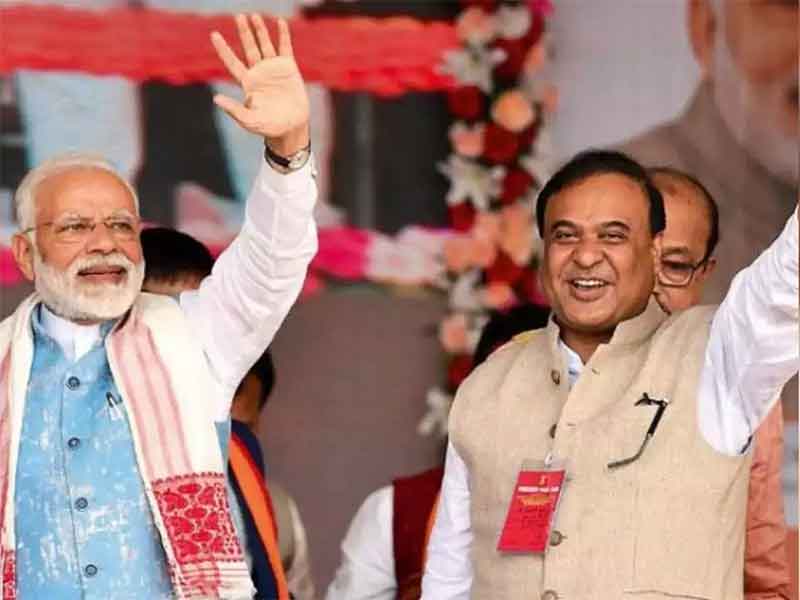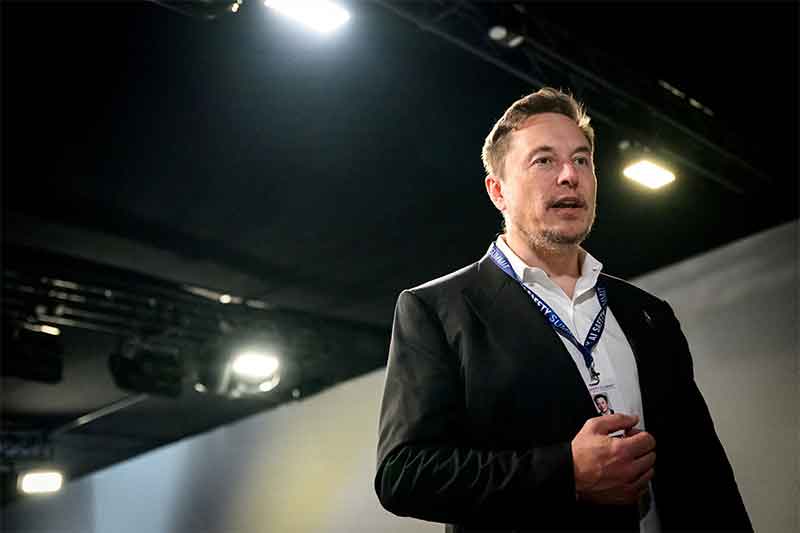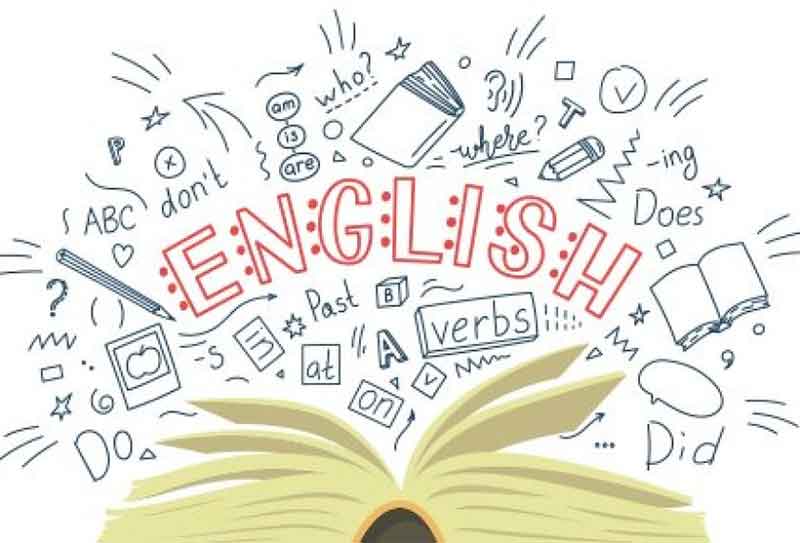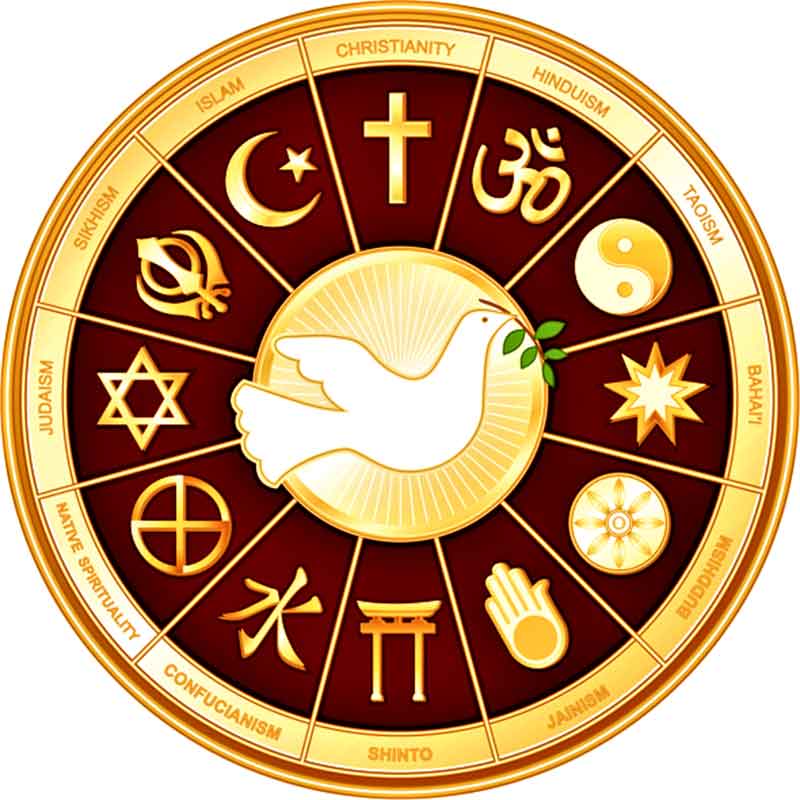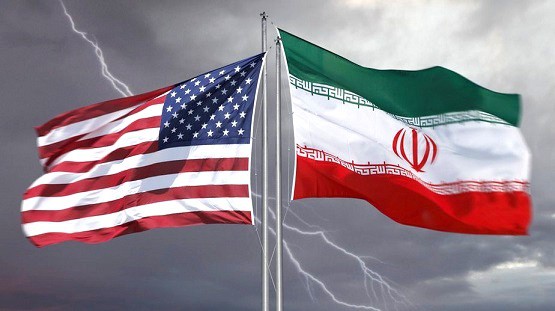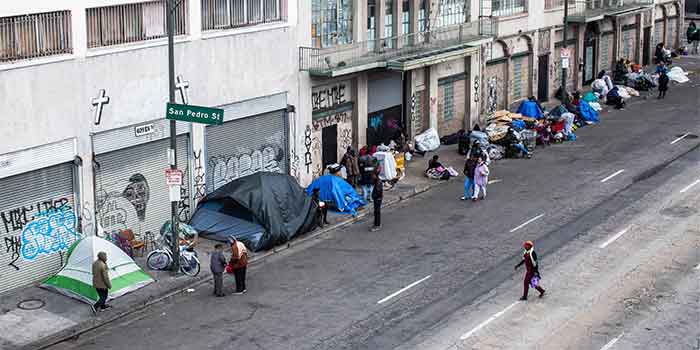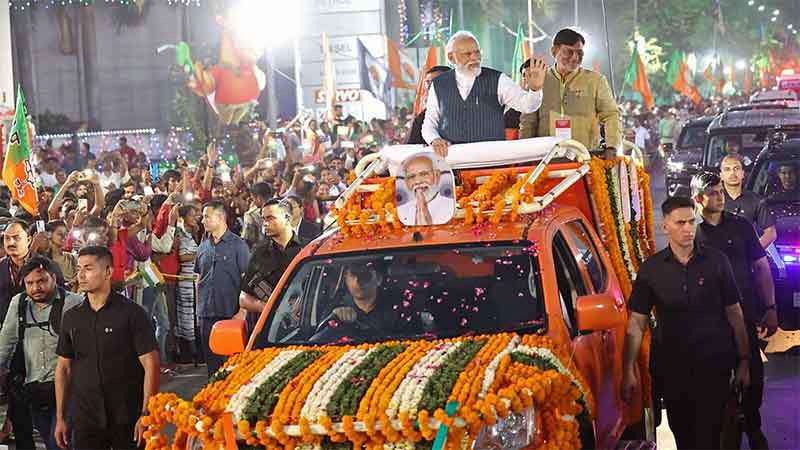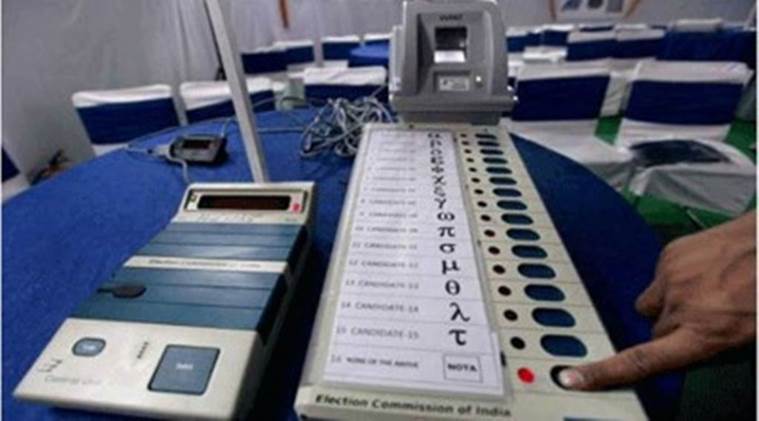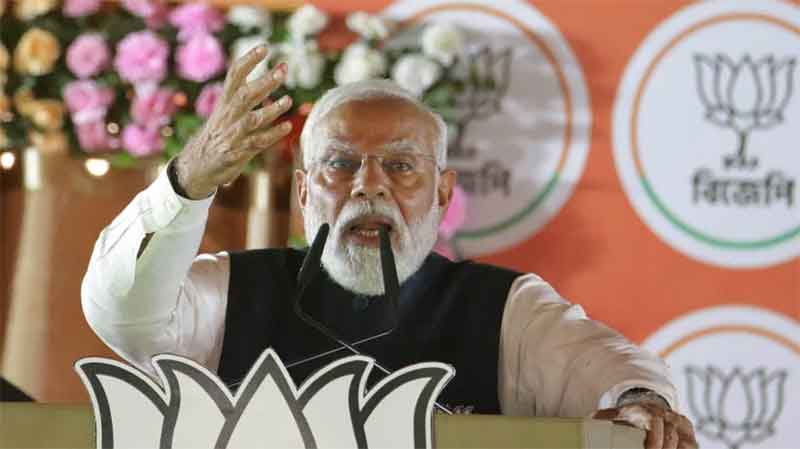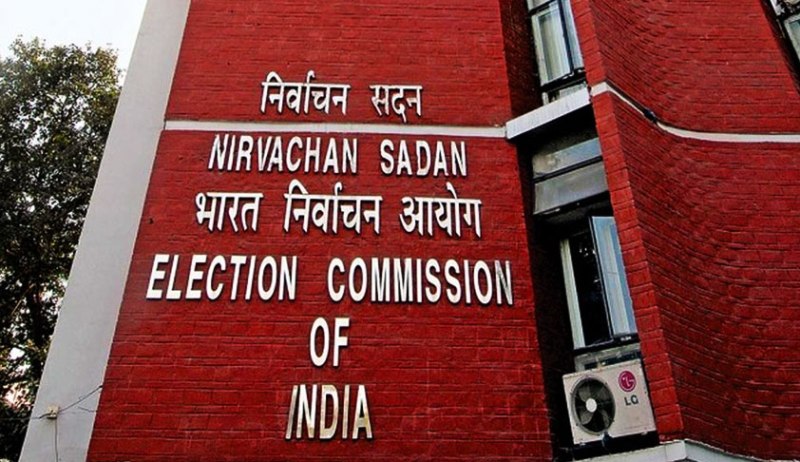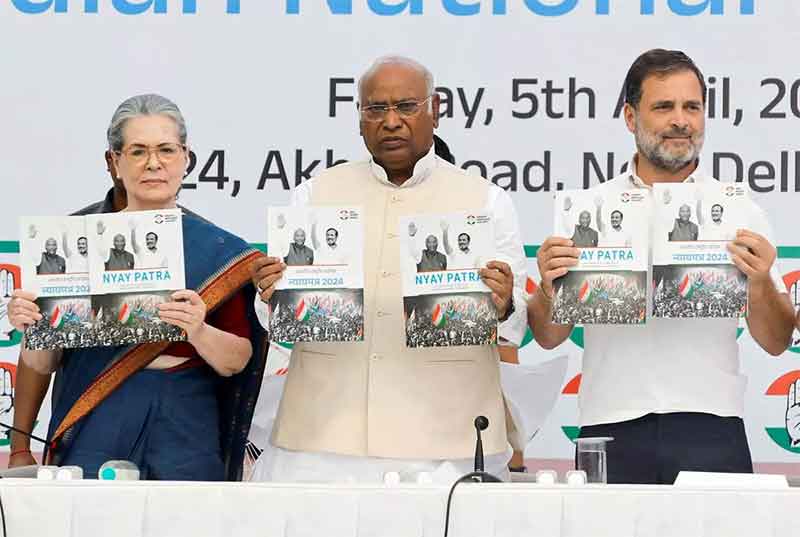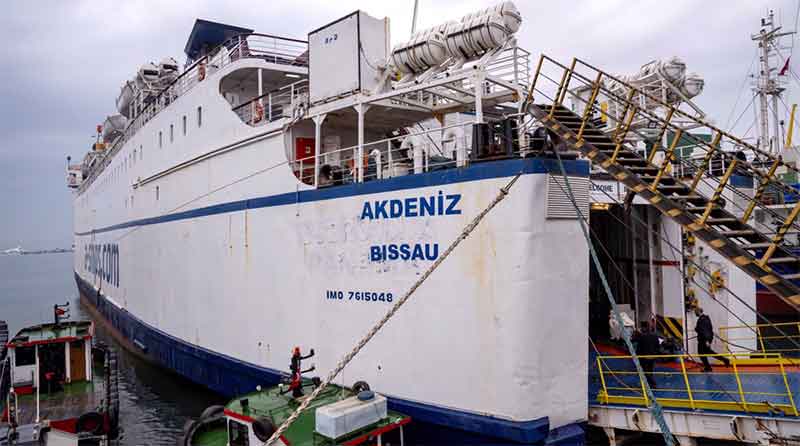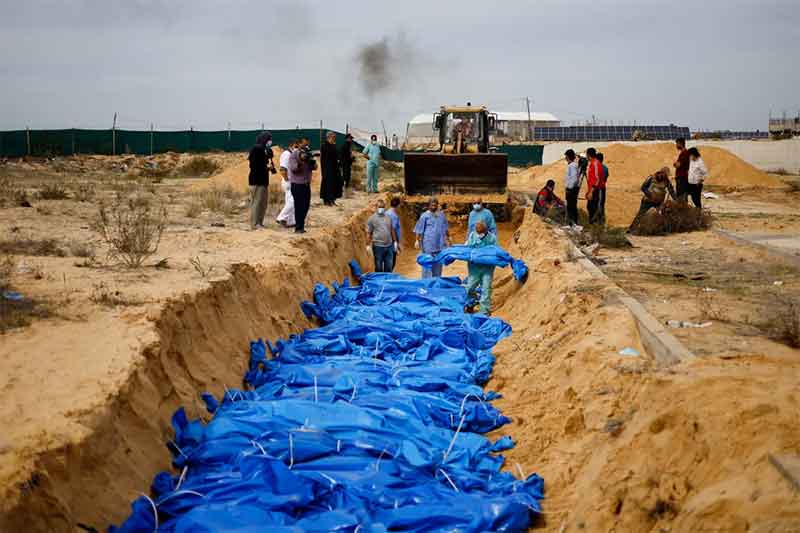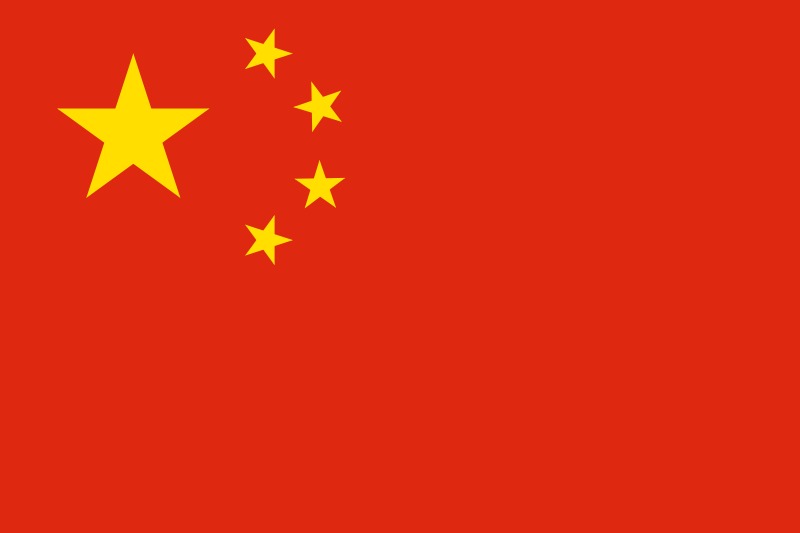
Is China a new imperial power threatening some of the developing economies in Asia and Africa? This is a perception that is being promoted through the media by certain China watchers in universities and think-tanks mainly in the West, various politicians and by a segment of the global NGO community.
The peddlers of this perception argue that by giving out loans for development to poor countries China is snaring them in a debt trap. It is a trap that ensures that they are perpetually under China’s control. Is there such a debt trap? To find out, we shall look at three Asian countries before we turn to Africa.
Pakistan has taken loans from China for projects under the China Pakistan Economic Corridor (CPEC). The US 50 billion CPEC is a network of infrastructure projects that are currently under construction throughout Pakistan that will connect China’s Xinjiang province with Gwadar port in Pakistan’s Balochistan province. A number of these projects will strengthen Pakistan’s energy sector which is vital for its economic growth. They will help to reduce its severe trade deficit. Debt servicing of CPEC loans which will only start this year amounts to less than 80 million.
Pakistan’s largest creditors are not China but Western countries and multilateral lenders led by the IMF and international commercial banks. Its foreign debt “is expected to surpass 95 billion this year and debt servicing is projected to reach 31 billion by 2022-2023.” There is evidence to show that its creditors “have been actively meddling in Pakistan’s fiscal policies and its sovereignty through debt rescheduling programs and the conditionalities attached to IMF loans.”
The media does not highlight this which is in fact Pakistan’s real debt trap. Neither does it inform the public that CPEC loans are for projects that are of immense and direct value to the Pakistani people. Their value will be further enhanced when the new Pakistani Prime Minister Imran Khan visits China on 3rdNovember and broadens the CPEC to emphasisecooperation in agriculture and social sector development.
Distortions and half-truths have also coloured media accounts of China’s relationship to the Sri Lankan port of Hambantota. The construction of the port was a Sri Lankan idea, not a Chinese initiative. The Sri Lankan government reached out to the World Bank, the Asian Development Bank and Japan among others to finance its construction. For different reasons, its request was turned down. It was only then that the government approached China which agreed to help.
As Hussein Askary and Jason Ross point out in an EIR study of 30th August 2018, contrary to media reports, Hambantota on the southern coast of Sri Lanka has tremendous potential. It is “located just 6-9 nautical miles from one of the busiest and most important commercial shipping lines on the planet.” The Chinese built port was opened for commercial use in 2010. Unfortunately, usage was below par. Because of poor revenue, the Sri Lanka Ports Authority was forced to sign an agreement whereby a Chinese state-run enterprise “took a 99 year lease of 70% of the port and 85% ownership of the port and industrial area with the obligation to continue investing in upgrading the facilities there —- The purpose of this deal was to relieve Sri Lanka off the burden of this debt.”
In the case of our third example, Malaysia, which witnessed a change of government in May 2018, major infrastructure projects funded by Chinese state companies could not be implemented because the nation is in a financial crunch. Besides, the projects were obviously lopsided favouring the Chinese companies more than their Malaysian partners. In announcing his decision, Malaysian Prime Minister, Dr. Mahathir Mohamad, made it very clear that the lop-sidedness was due more to the previous Malaysian government than its Chinese counterpart.
From the three cases in Asia, it would be patently wrong to label China a new imperial power. A quick look at Africa will reinforce this view. The “majority of African debt is notheld by China but by Western countries and such Western-backed institutions as the IMF and World Bank.”
Nonetheless, many African states have Chinese debt. This in itself is not a problem — provided loans are utilised for the public good. In this regard, infrastructure financing under the Belt and Road Initiative (BRI) — building ports, railways and fibre-optic cables — appears to be a major component of China’s involvement in Africa. The four billion dollar Addis-Ababa-Djibouti Railway which began commercial operations earlier this year would be one such example. The 3.2 billion Madaraka Express railway between Nairobi and Mombasa in Kenya would be another case in point.
The exception in Africa is perhaps the tiny East African state of Djibouti. In the last two years, it has borrowed 1.4 billion from China. This is more than three-quarters of Djibouti’s GDP. It is alleged that China has leveraged upon this to open its first overseas military installation in Djibouti. It should be noted at the same time that Djibouti also hosts the largest US military base in Africa.
Djibouti aside, Chinese ventures in Africa have been almost totally economic. The quid pro quo for the Chinese it is true has been access to the continent’s rich natural resources. But it is always access, never control. Control over the natural resources of the nations they colonised was the driving force behind 19th century Western colonialism. Control through pliant governments and, in extreme cases, via regime change continues to be a key factor in the West’s — especially the US’s — quest for hegemony over Africa and the rest of the contemporary world.
It is because China’s peaceful rise as a global player challenges that hegemony that the centres of power in the West are going all out to denigrate and demonise China. Labelling China as a new imperial or colonial power is part of that vicious propaganda against a nation, indeed a civilisation that has already begun to change the global power balance. It is a change — towards a more equitable distribution of power — that is in the larger interest of humanity. For that reason, the people of the world should commit themselves wholeheartedly to the change that is embracing all of us.
Dr. Chandra Muzaffar is the President of the International Movement for a Just World (JUST), Malaysia.

